Rusty Angelfish
$54.99
-
Select Variant
The Rusty Angelfish is aptly named due to its predominant amber or red hue, and black dots that diminish in size from the dorsal to pelvic and anal fins. Fins on the anal side are darker, and both the dorsal as well as anal fins are coated with bright blue sapphire.
It is believed that the Rusty Angelfish requires at least 70 gallon tanks with plenty of live rock to hide and for grazing. A poor reef dweller The Rusty Angelfish is prone to bite at soft and stony corals (sessile invertebrates) and mantles of clams. It's best to be kept as the sole Dwarf angelfish within the aquarium.</p>
Diet of Rusty Angelfish should include Spirulina and marine algae, premium angelfish products mysis shrimps, as well as other meaty foods.
Approximate Purchase Size: Small: 1" to 1-3/4"; Medium: 1-3/4" To 2-1/2"; Large: 2-1/2" to 4-1/2"
- Description
- Additional Information
- Reviews
The Rusty Angelfish: A Colorful Marine Species
The Rusty Angelfish is aptly named due to its predominant amber or red coloration, and black dots that decrease in size from dorsal the pelvic and anal fins. Anal fins are dark, and both dorsal, as well as anal fins, are coated with bright sapphire blue.Dietary Restrictions & Feeding Habits
The Angelfish is an omnivore, primarily consuming algae, detritus, stony coral polyps, soft corals, tunicates, clam mantles, Cnidarians, sea squirts, and sponges. In captivity, they eagerly consume live and frozen foods such as seafood, Spirulina algae, Mysid shrimp, shaved shrimp, and other high-quality options. With mature tanks, they graze on live rocks containing natural algae, copepods, diatom algae, and copepods. They also show a preference for tubeworms and oysters.Place of Origin
The Rusty Angelfish inhabits the western Pacific, ranging from Tanabe Bay in southern Japan to Taiwan and the southwestern Philippines. Tank Requirements- Tank Size: A minimum of 70 gallons is not required but recommended.
- Aquascaping: Provide ample live rock for hiding and grazing.
- Not Reef Compatible: Rusty Angelfish tend to nip at stony and soft corals as well as clam mantles.
- Tankmates: Best kept as the sole Dwarf Angelfish in the aquarium to avoid territorial conflicts.
- Recommended Diet: Include Spirulina, marine algae, high-quality angelfish preparations, mysis shrimp, and other meaty items.
- Feeding Frequency: Feed multiple times daily for optimal health.
- Available Sizes: Small: 1" to 1-3/4"; Medium: 1-3/4" to 2-1/2"; Large: 2-1/2" to 4-1/2"
LINKS:
size
Large, Medium, Small
Units
1
Weight
6 lbs
Dimensions
1 × 1 × 1 in

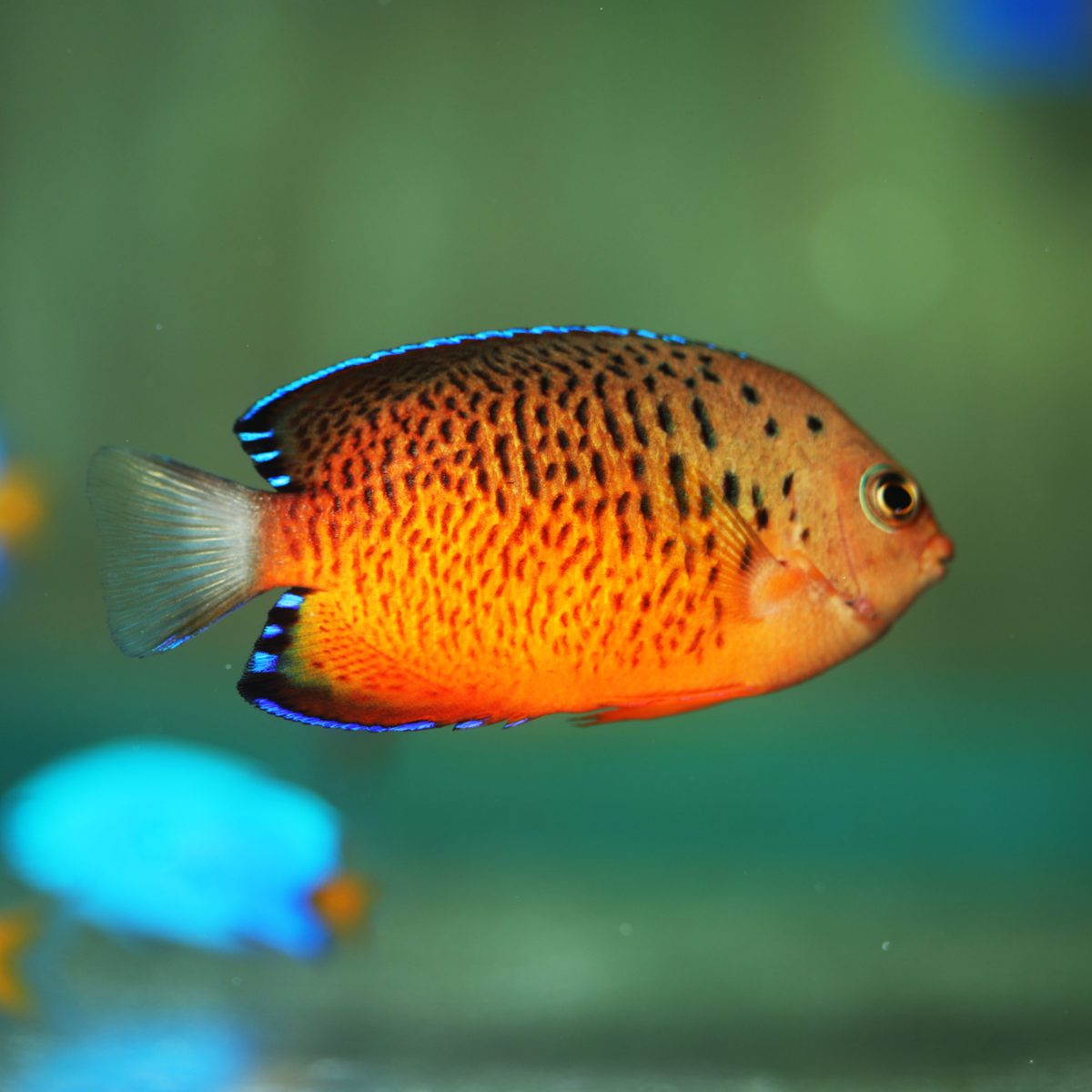
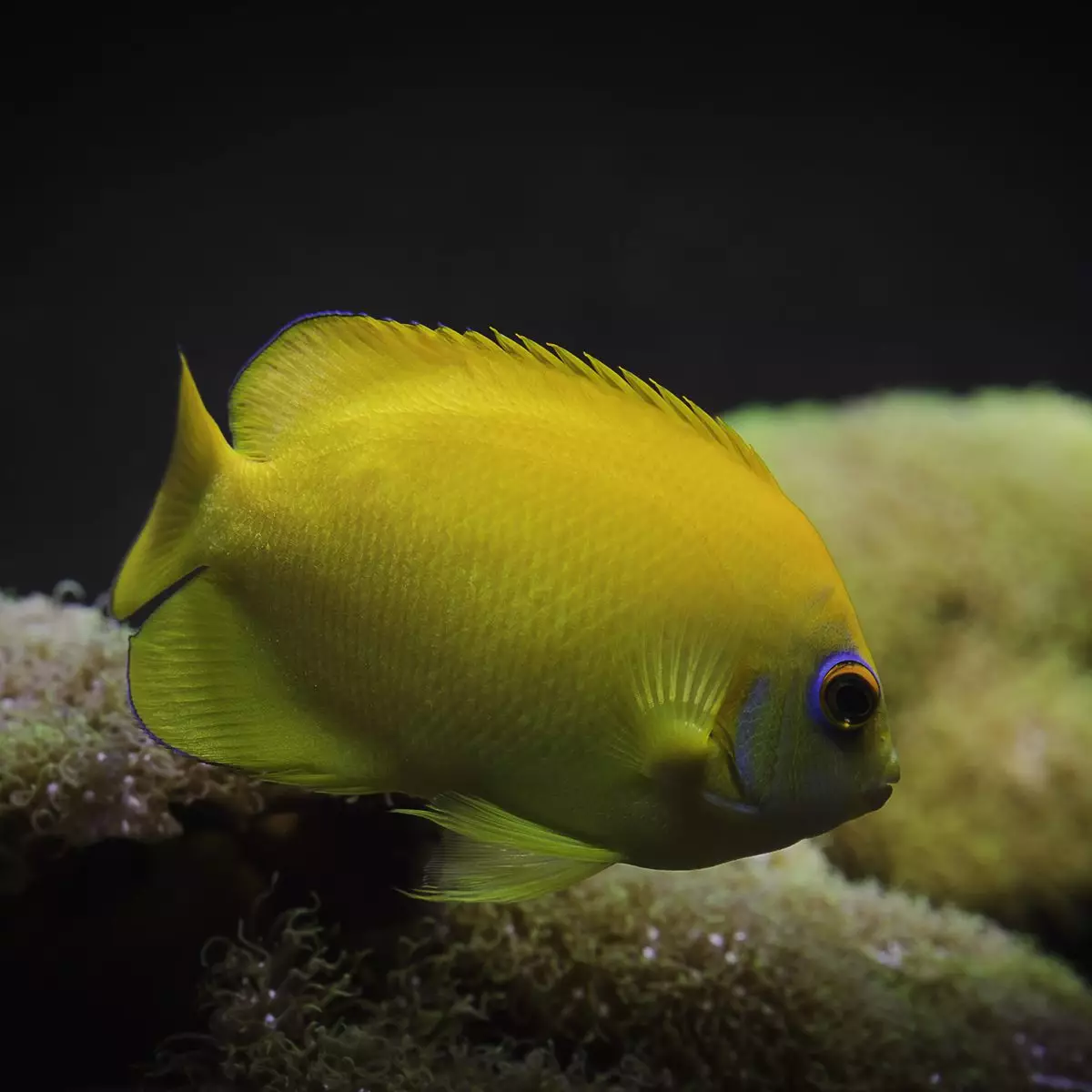
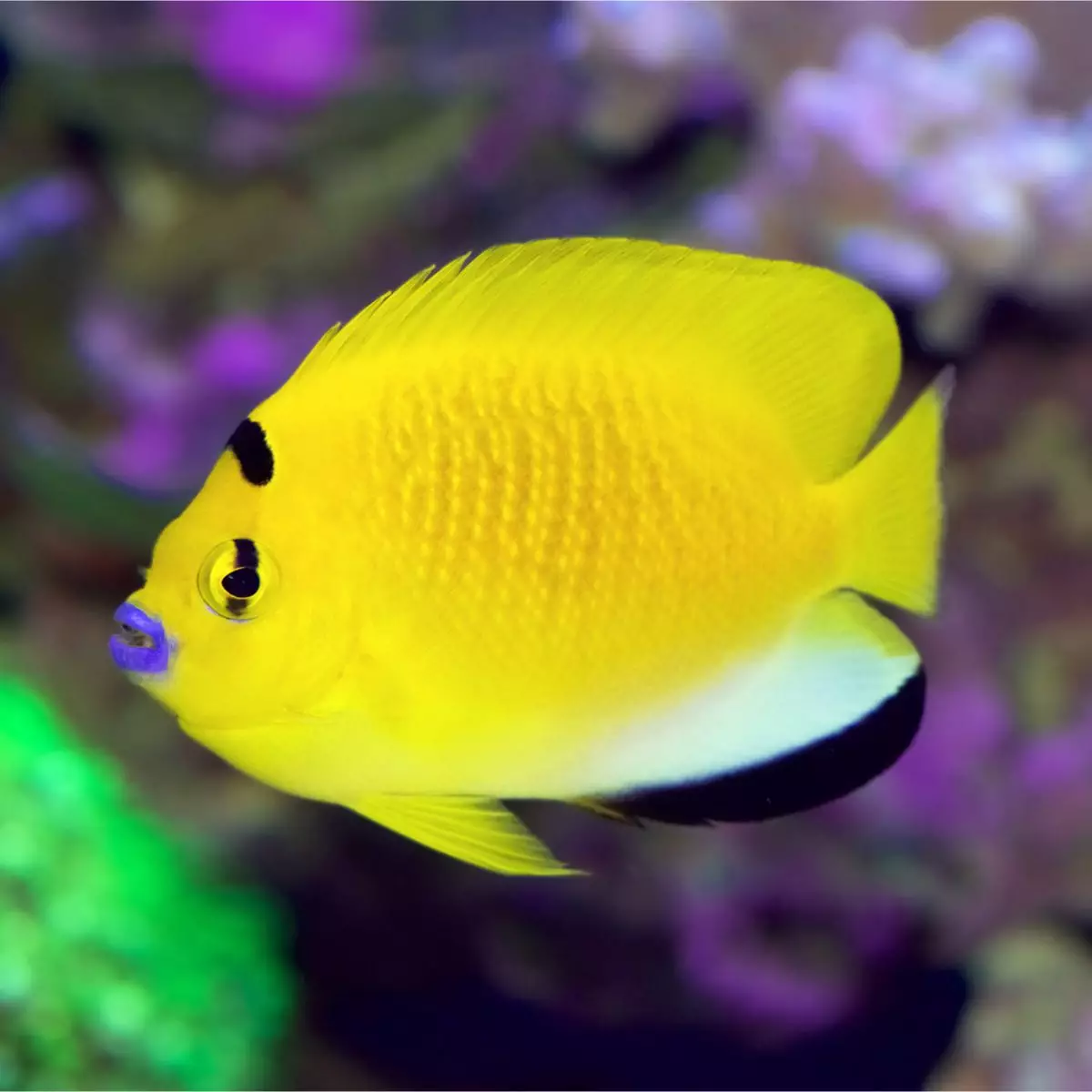
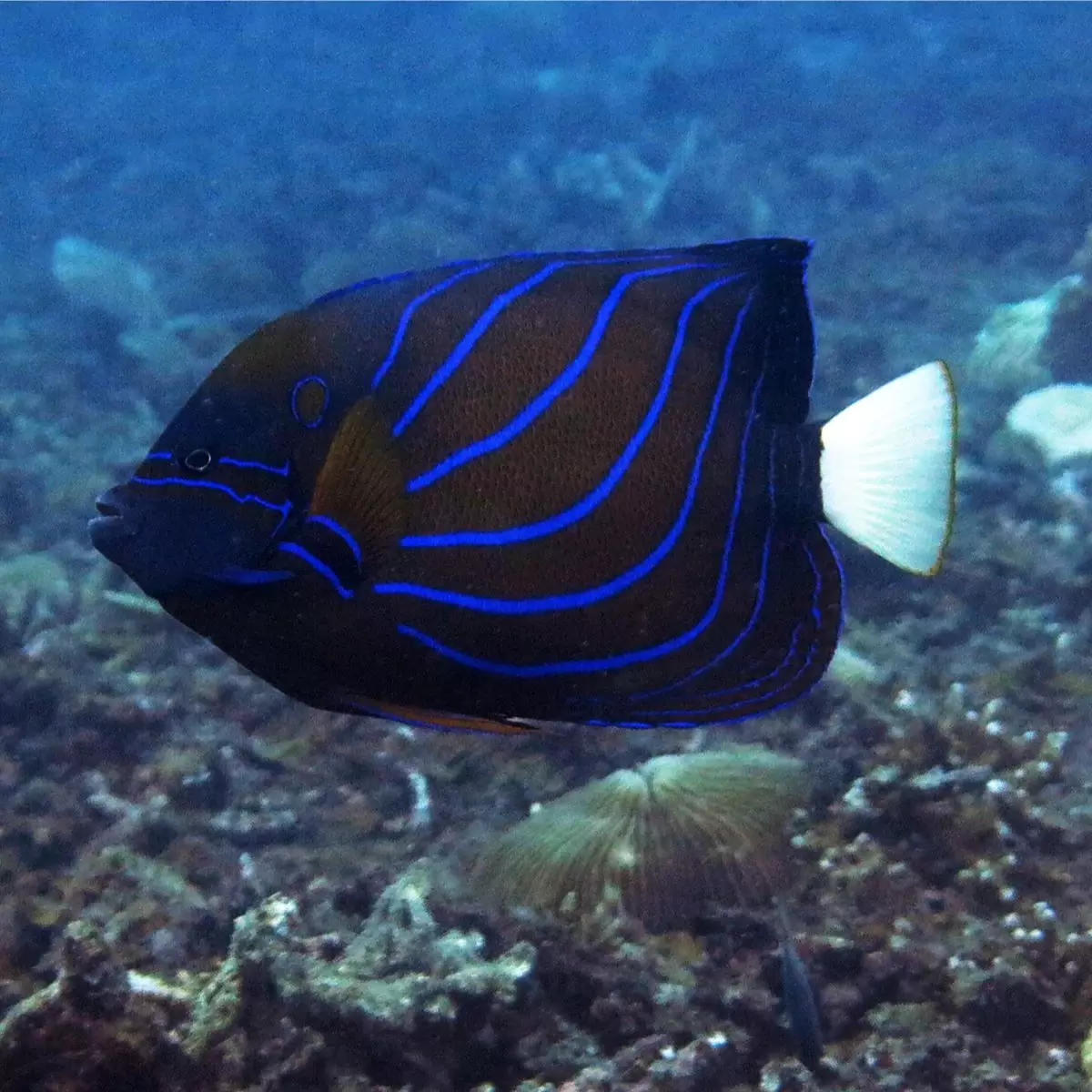

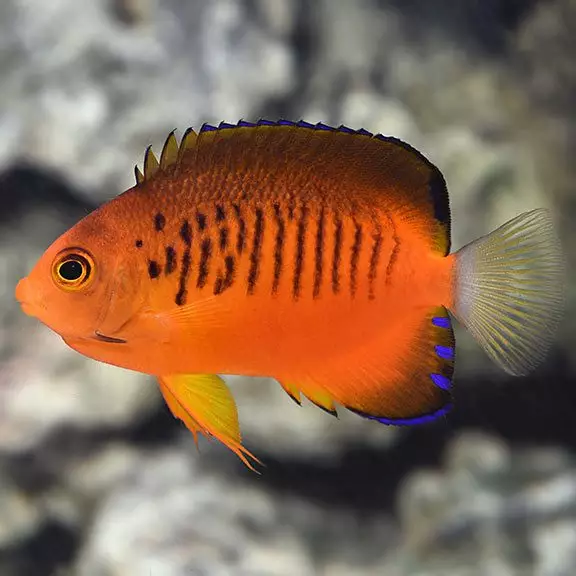
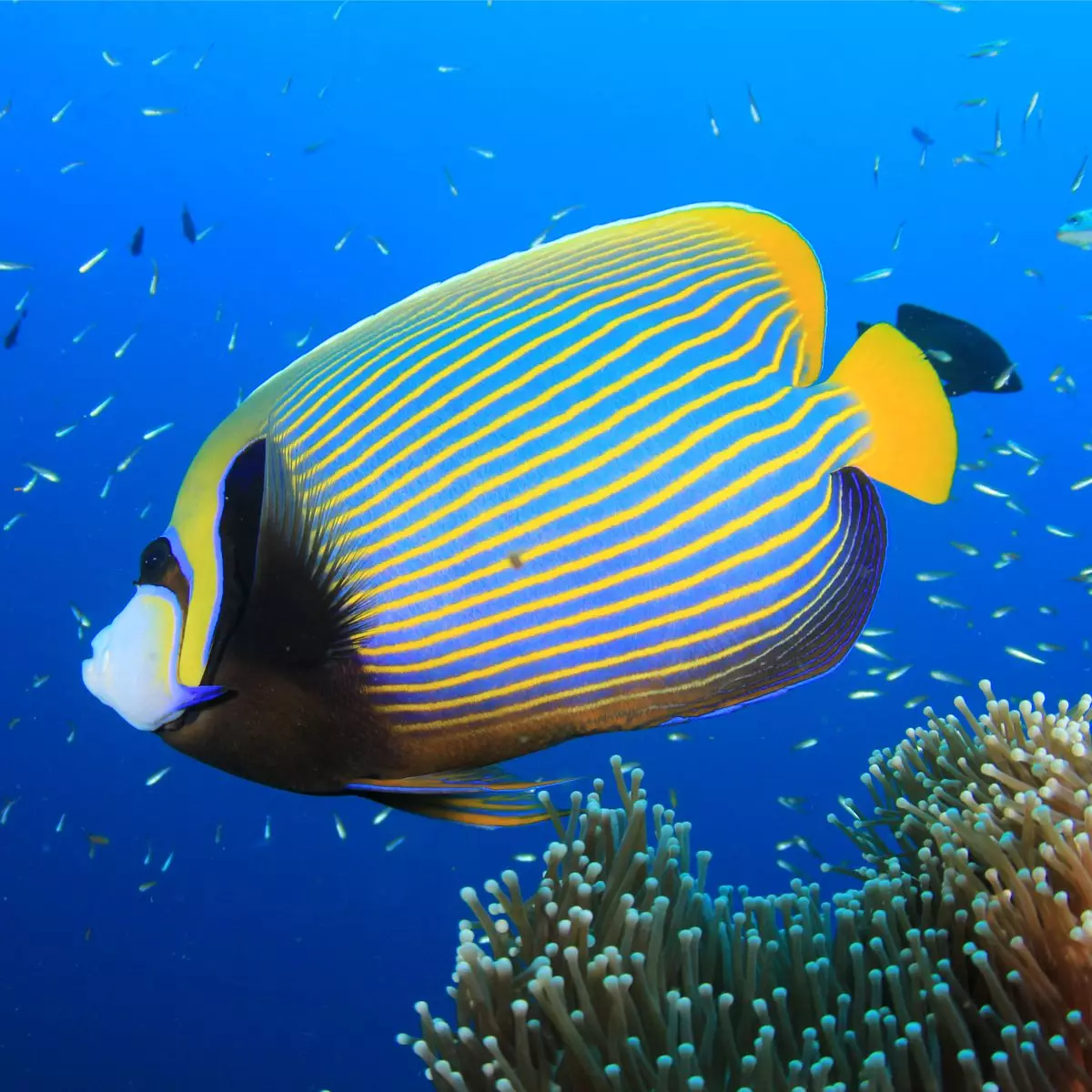
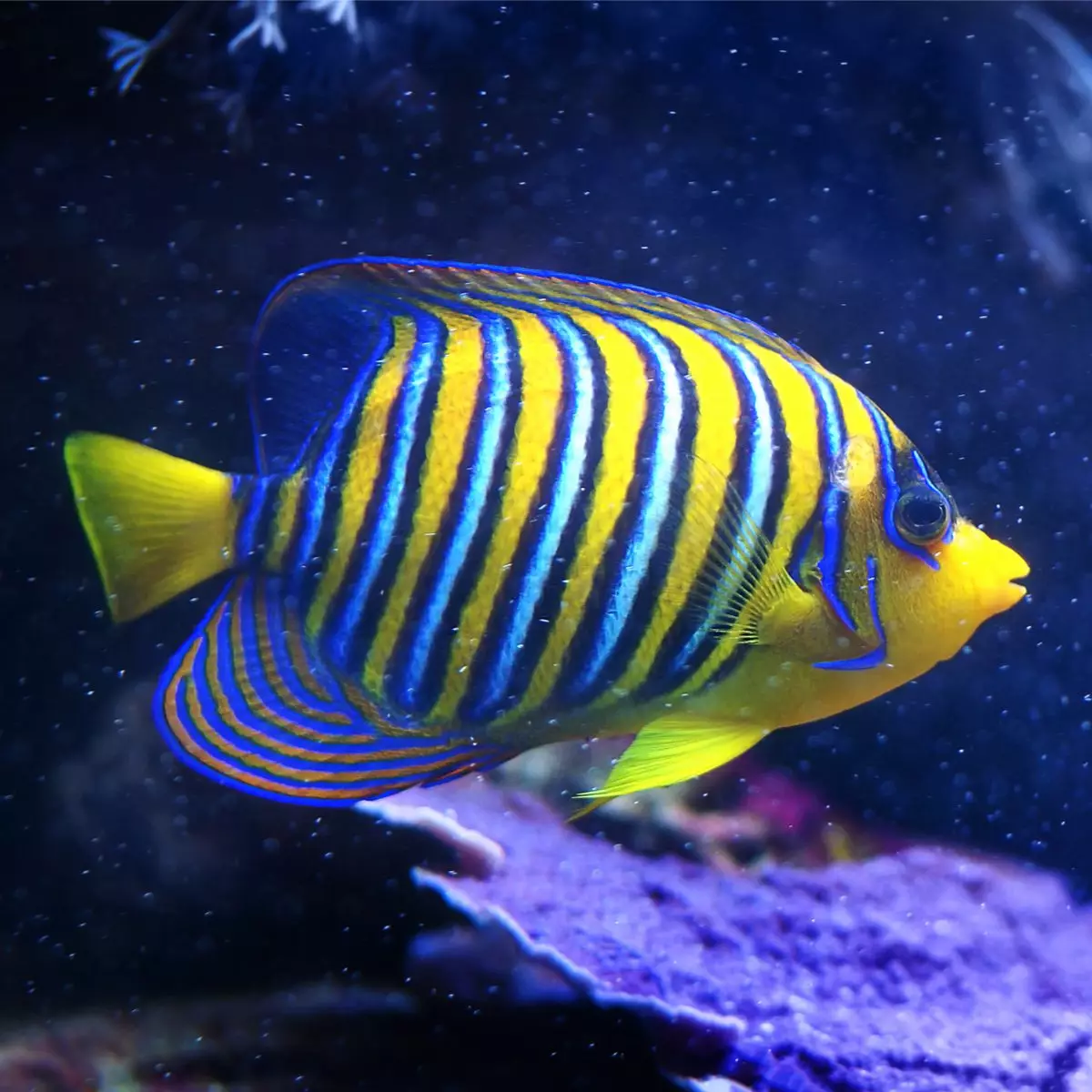
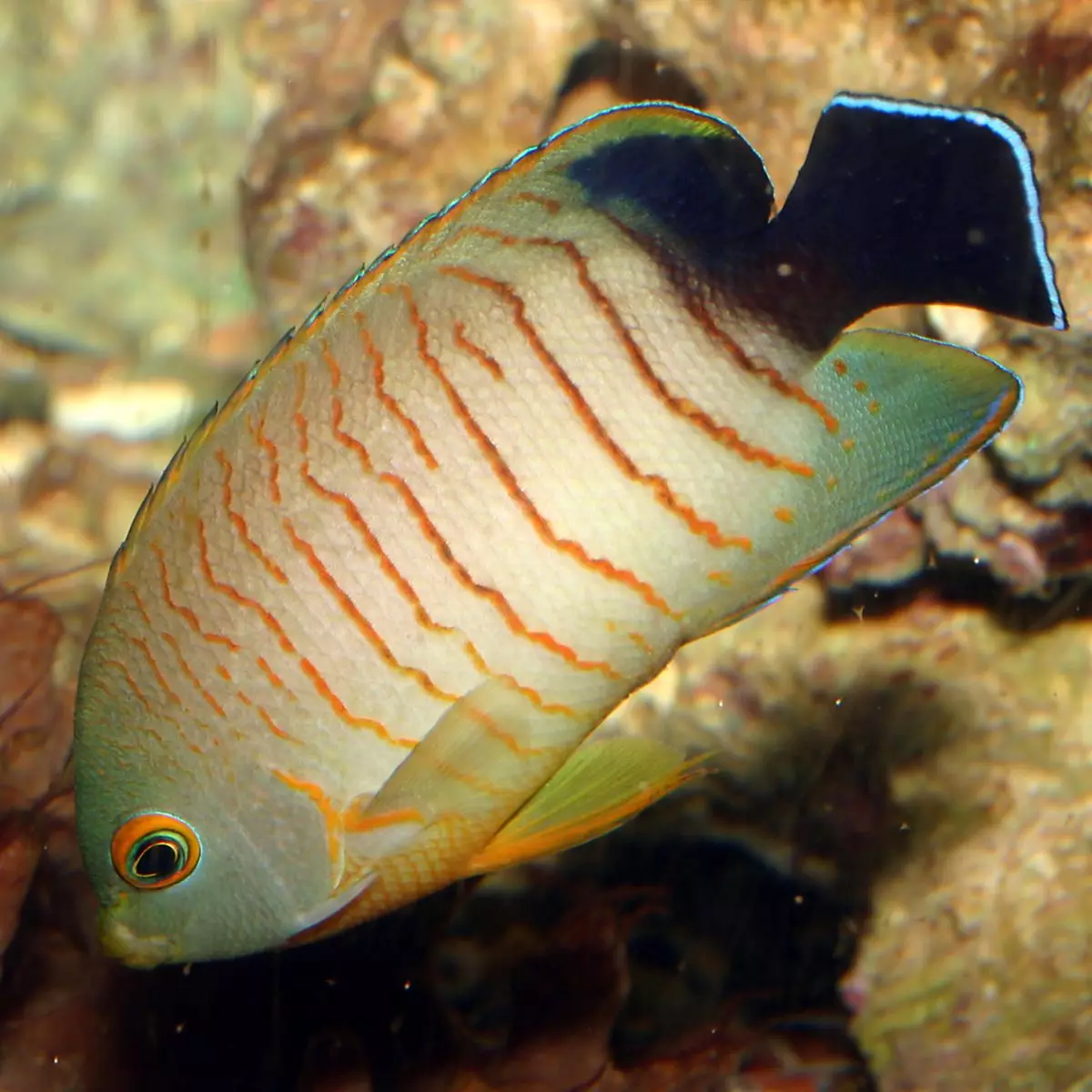

Reviews
There are no reviews yet.